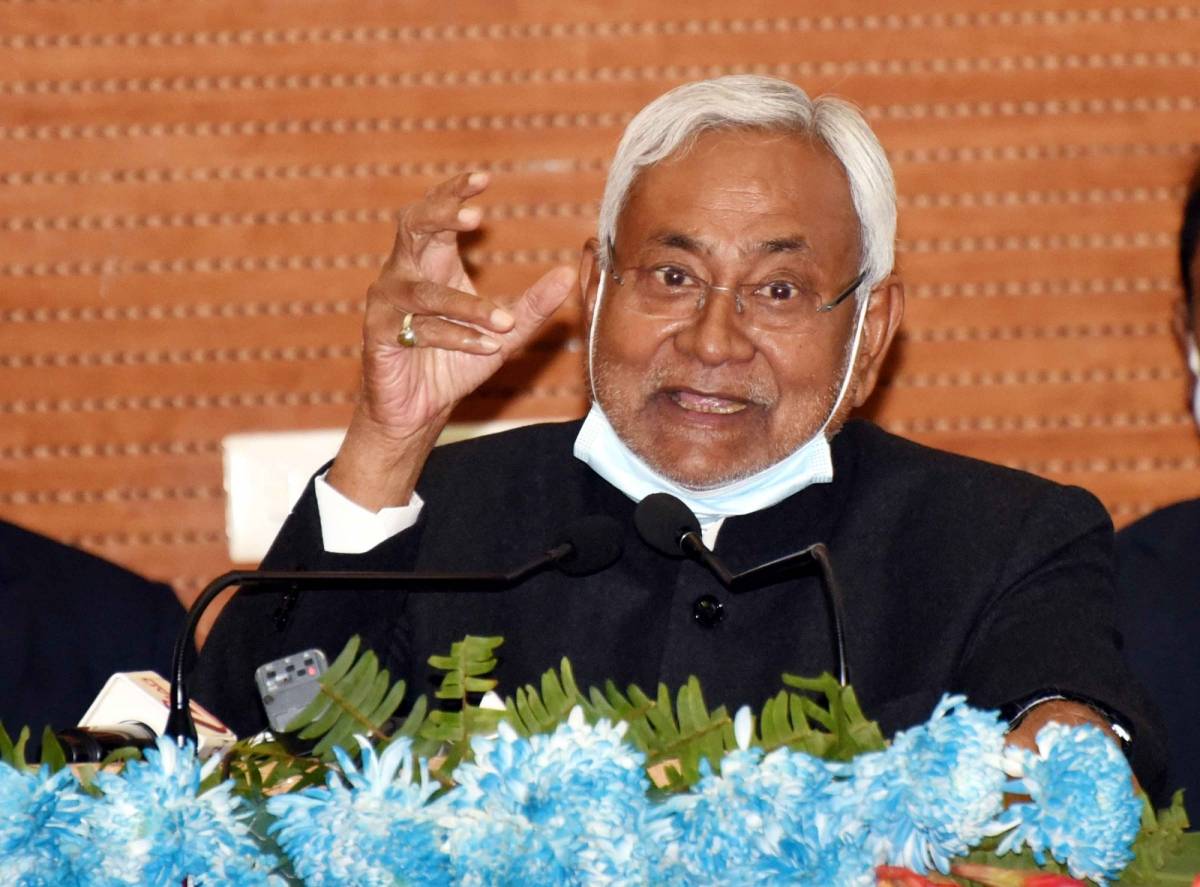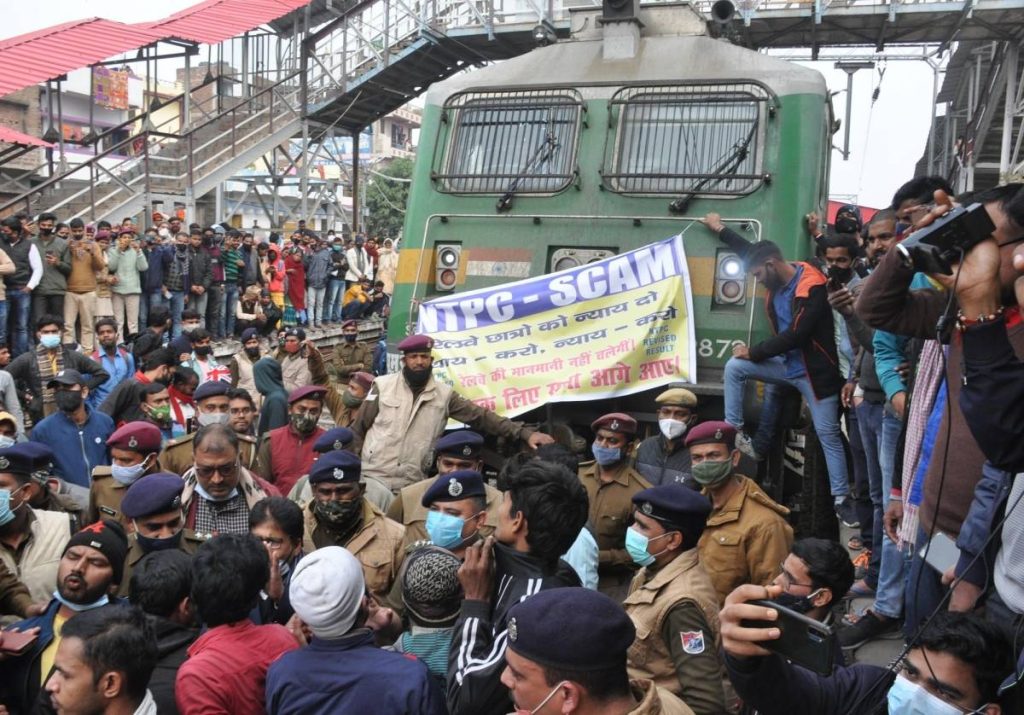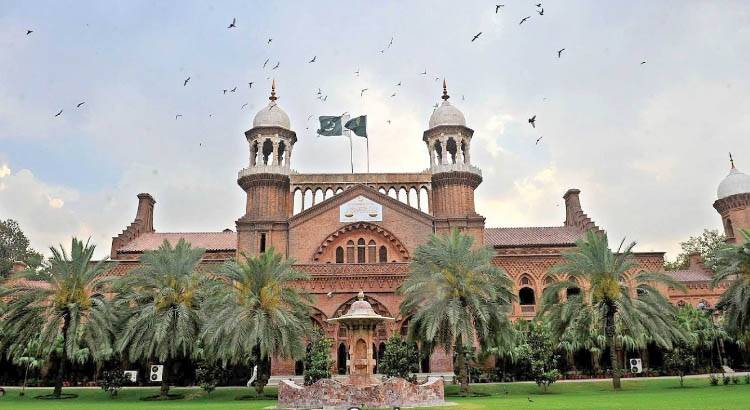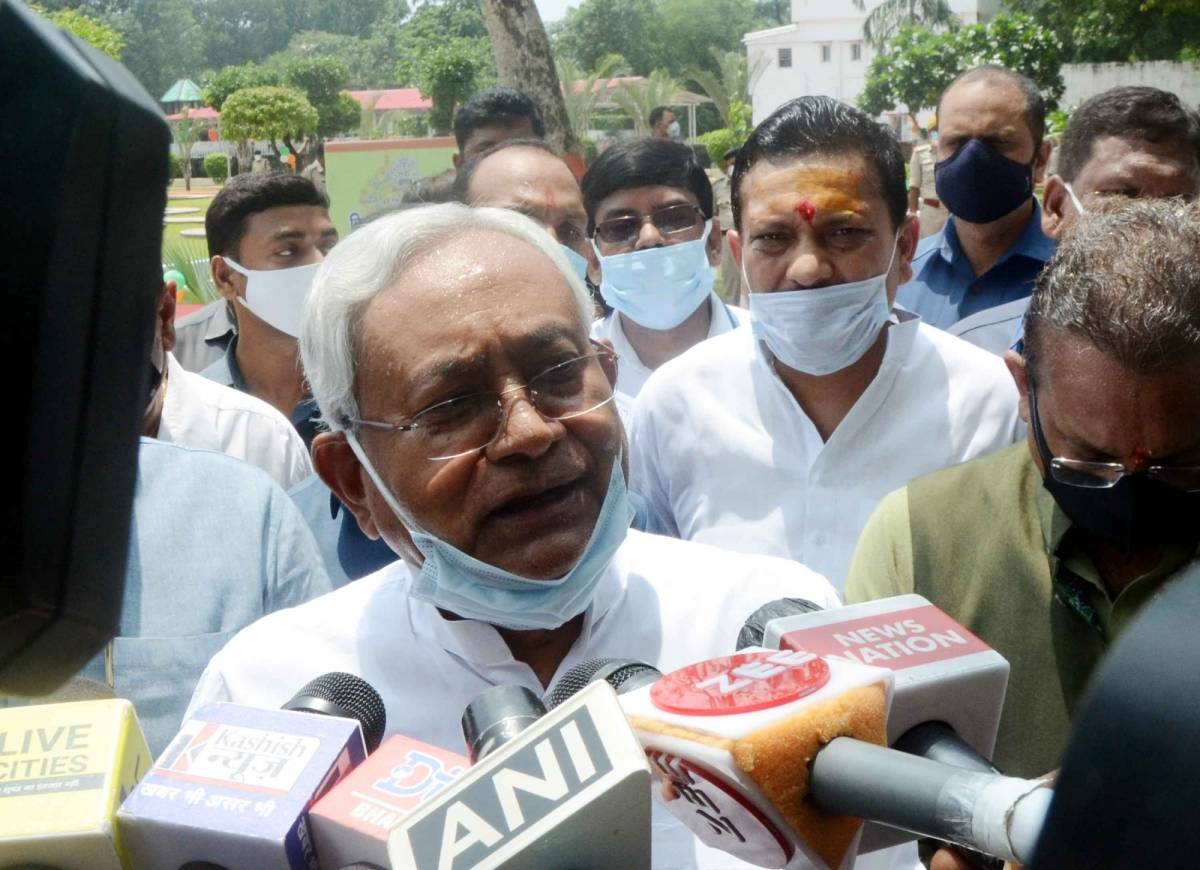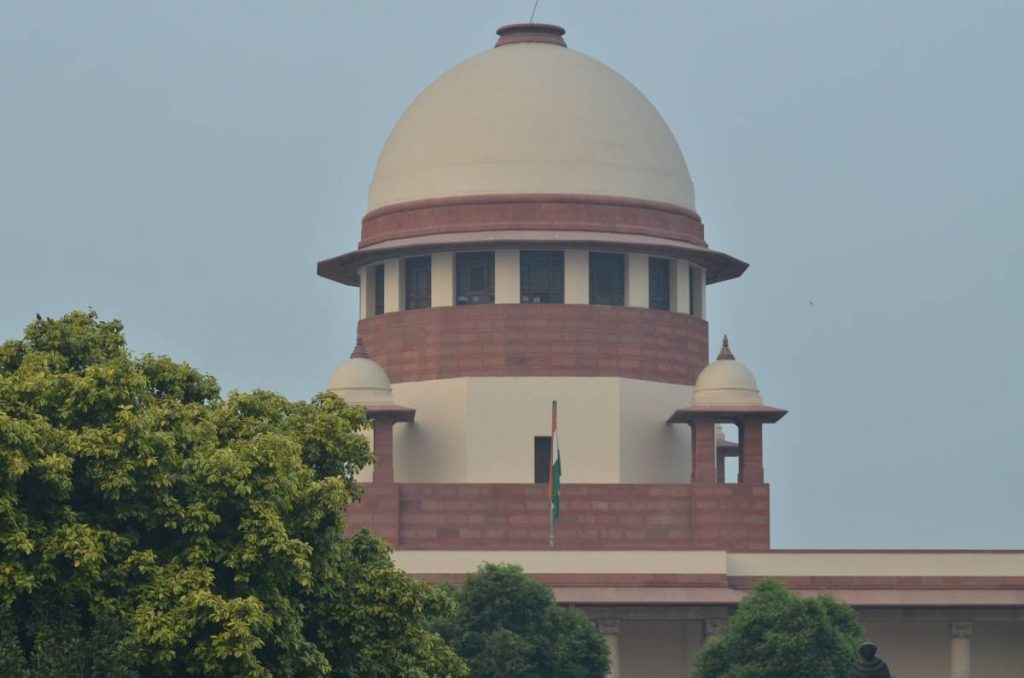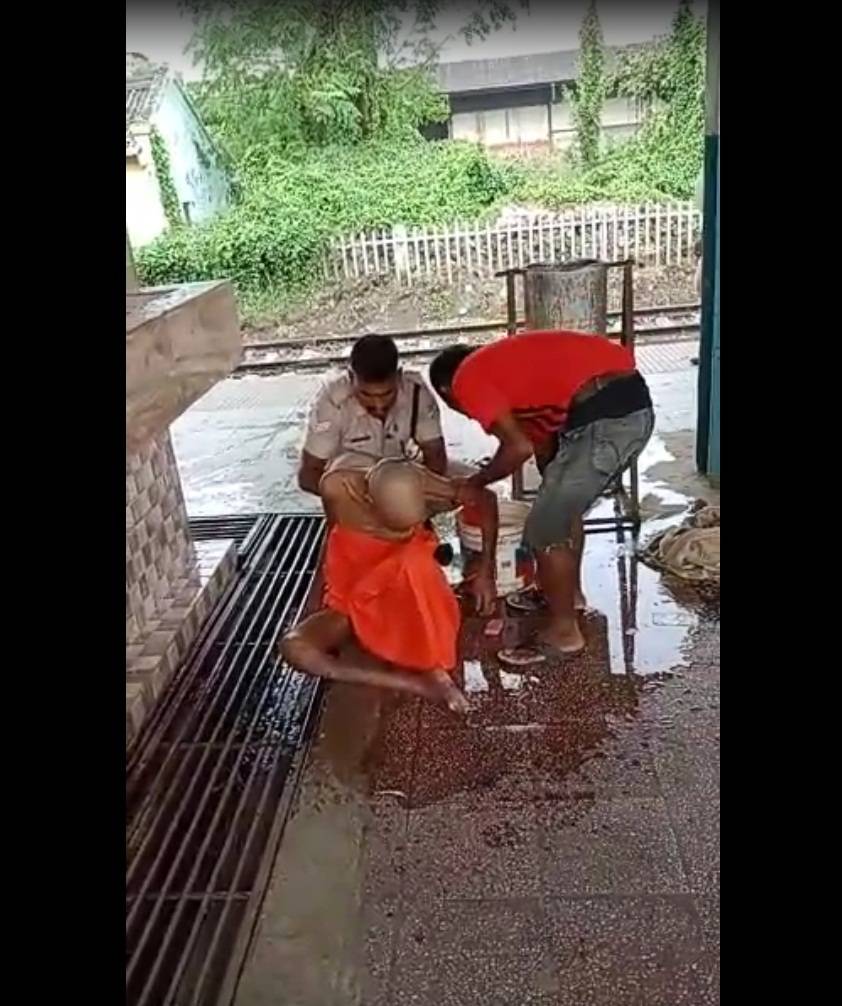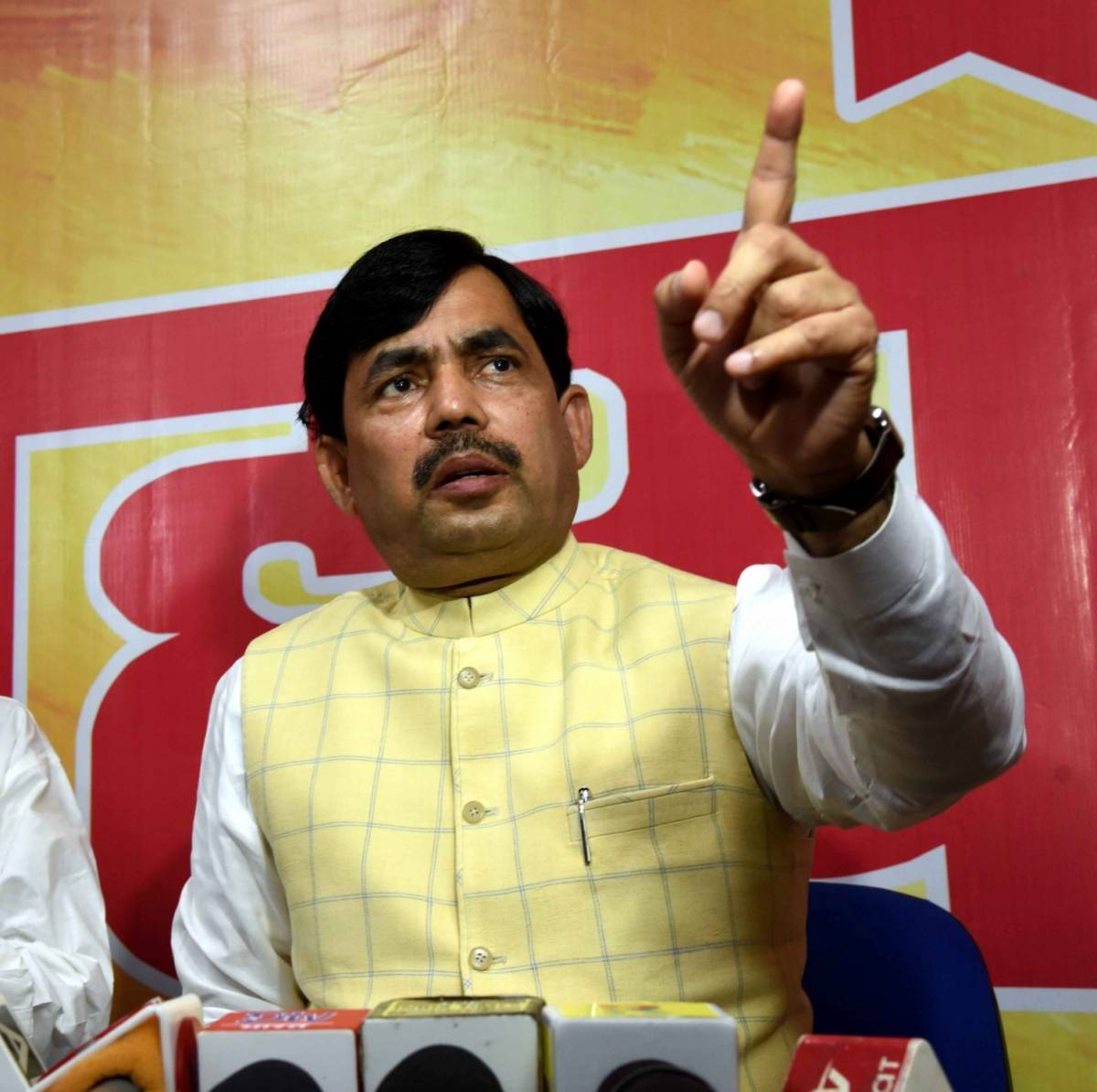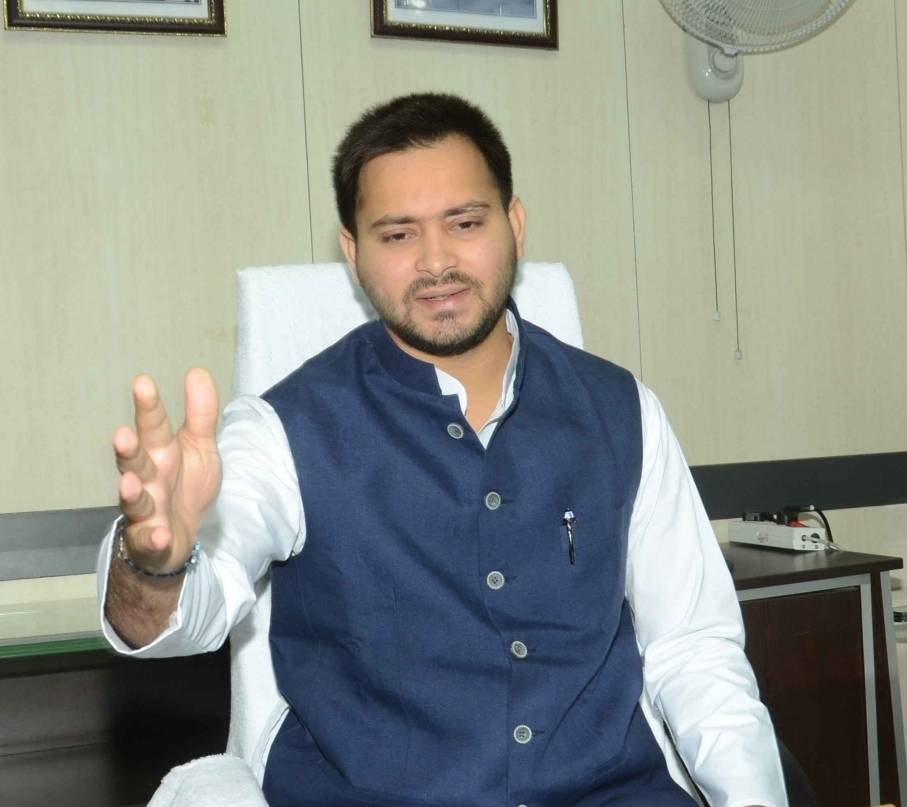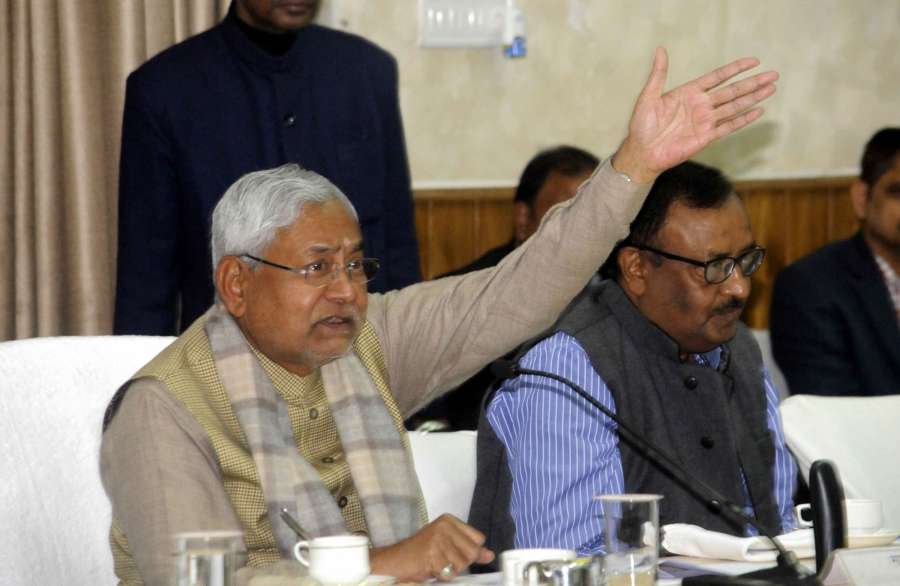When the volume of water is low, the pace of its flow increases and causes rapid erosion of the sandy soil…reports Asian Lite News
Monsoon in Bihar is a bundle of paradoxes. While water-induced soil erosion usurps houses in districts with no rains, heavy downpour and resultant floods wreak havoc in other parts of the state. River Kosi, aptly called the ‘Sorrow of Bihar’, is the central character in this vicious weather cycle.
This year, monsoon rains have failed in most parts of the state, with only Araria and Kishanganj districts registering above-normal rainfall. On an average, the state recorded 86 per cent less rainfall in July, which normally is the time of heavy downpour.
Yet, there is no respite from flood-like conditions in areas where it has not rained much. Over 100 houses have been razed since last month in Bela Goth village in Supaul district’s Kishanpur block, as the Kosi’s currents breached embankments. It’s the same situation in Khai Tola and Musaldanga in Nisndara panchayat, Kishanganj district’s Bahadurganj block. Kaharpur and Rangra in Bhagalpur district are equally devastated. In Purnia district’s Amour block, the Parman has breached its banks and entered several homes.
“In the Kosi, erosion increases when the water level is low. It also gets really fast at both the beginning and waning phases of the floods,” says Dr Dinesh Chandra Mishra, an IIT-Kharagpur alumnus who has conducted extensive research on the Kosi and penned several books on the subject.
Charting a new course
Why does the Kosi cause devastating erosion and floods that leave thousands of people homeless? The answer lies in the river’s changing course. A tributary of the Ganga, the Kosi flows in higher altitudes, cutting through the Himalayas. By the time it reaches the low-gradient plains of Bihar, millions of tonnes of silt get deposited in the river. Over the years, as the height of the river bed rose due to silt deposition, the Kosi began to chart new routes.
The river does seem to have a mind of its own! It has a general tendency to change its course in the western direction. When the volume of water is low, the pace of its flow increases and causes rapid erosion of the sandy soil.
Furthermore, the frequent change in the river’s course has changed the soil composition, making the areas along its banks highly prone to erosion. It is estimated that in the past 200 years, the Kosi has changed its direction from east to west in a stretch of 133km.
This one’s perhaps the most unpredictable river in the world. It flowed near Forbesganj and Purnia in 1731, but entered Murliganj by 1892. Again, in 1922, the river charted a new course through Madhepura. In 1936, it began to flow through Saharsa and Darbhanga.
Such deviations from its natural path lead to flooding of residential and agricultural areas, always making the lives of thousands of people miserable. To tame the river, embankments were constructed along its path, which led to silt deposition in the same course all the time. This, in turn, increased the pressure of breach on embankments. By design, such constructions also made it impossible for water from other places to drain into the Kosi.
It’s raining misery
“If measures to prevent erosion are not taken in time, at least 500 families will be rendered homeless,” warns Chandrashekhar, the founder of Gramyasheel, an NGO working for the development of villages along the Kosi embankments.
“Apart from Bela Goth, erosion has intensified in Khokhna Mana Toll, Mozha panchayat and Dubiyahi in Ghogharia panchayat, Kishanpur block. During the floods last year, our team had cited the looming threat of erosion and demanded that measures be taken to prevent it, but in vain,” claims Chandrashekhar, whose NGO was instrumental in relief work during the 2008 Kusaha floods.
Sulochana Devi of Bela Goth blames the state government for the murky situation they were in.
“Only 10 to 12 families have been allotted resettlement land. The rest live in makeshift houses built on roadsides. Initially, authorities provided dry food items. But now, nobody even visits us,” the 37-year-old said.
All the while, the only word of caution from the State Disaster Management Department was in the form of a tweet on June 24, where it listed out measures to protect rural areas from floods. No data on erosion and floods were made available, and it is hardly surprising when considering the fact that the department had, last year, provided the official figures of the flood-affected when the topic had become obsolete for the media.
Farmers hit hard
“It’s monsoon season, yet the fields have developed cracks. Rice plants have turned yellow. We are at the mercy of gods now,” rues Guddu Choudhary of Veena panchayat, where special community pujas for rains were conducted recently.
Bihar is a major producer of paddy, where about 76 per cent of the population is dependent on agriculture. Of its total 79.46 lakh hectares of arable land, rice is cultivated in about 32 lakh hectares, i.e. more than 40 per cent. The state produces about 80 lakh tonnes of paddy annually.
Heat and humidity have taken their toll on the paddy transplantation process. According to Bihar Agriculture Department Secretary N Saravana Kumar, only 15 per cent to 20 per cent planting could be completed in the state so far.
Moreover, the lack of irrigation facilities has compounded the issue.
“Ideally, paddy transplantation should have been completed by now, but fields situated in the upper grounds are not yet covered,” says 38-year-old Mukesh Jha of Chakrami panchayat in Bhagalpur. “In the low-lying areas, pump sets are aiding in the process. When planting is delayed, the crop quality and yield gets affected. Last time, urea shortage hit us hard. We don’t know when Mahadev will show some mercy.”
Ponds and micro-catchment systems along the fields have also dried up in many places. Bablu Paswan, a 54-year-old who has cultivated paddy in seven bighas of land in the same village, says: “The water level has dropped considerably. In some villages, tubewells have dried up. Power supply from the agriculture feeder is also down. Though borewells have been installed under a government scheme, lack of maintenance has rendered them useless.”
Experts speak
Shankar Jha, a scientist at the Dr Rajendra Prasad Central Agricultural University at Pusa in Samastipur, says climate change has greatly impacted monsoons in Bihar.
“Where it used to rain for 55 to 60 days some five years ago, it rains only for 45 days now. This is what our university’s study report revealed,” he adds.
Another agricultural scientist, Anil Jha says the air quickly absorbs the moisture from the Bay of Bengal. This, along with winds from the east and west, lead to turf formation that triggers rains in the surrounding area.
“As that has not happened so far, the agricultural sector is suffering. If farmers have to stay ahead of the game, they should not shy away from climate-resilient crop diversification,” he stresses.



